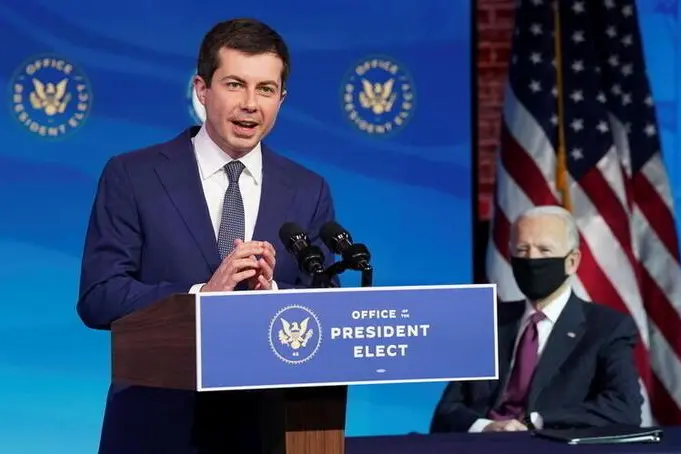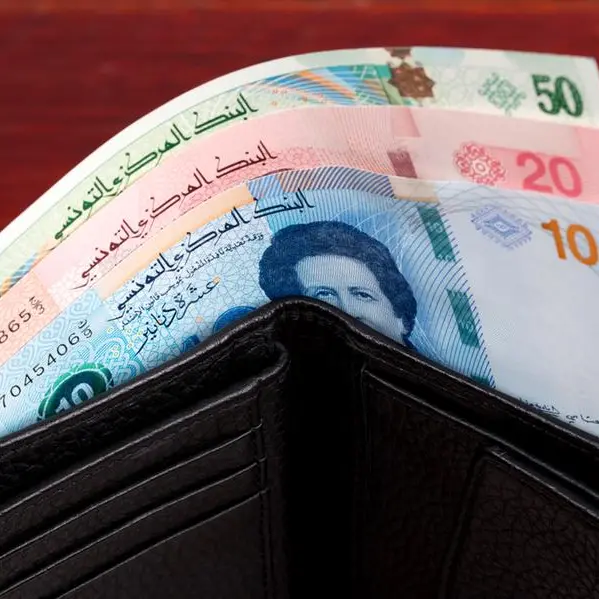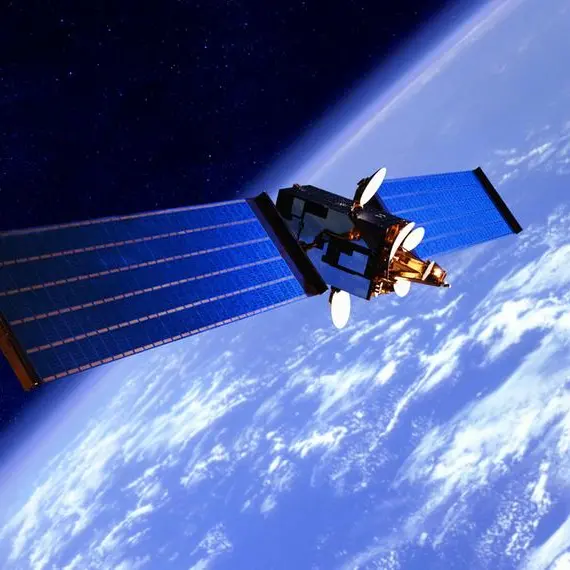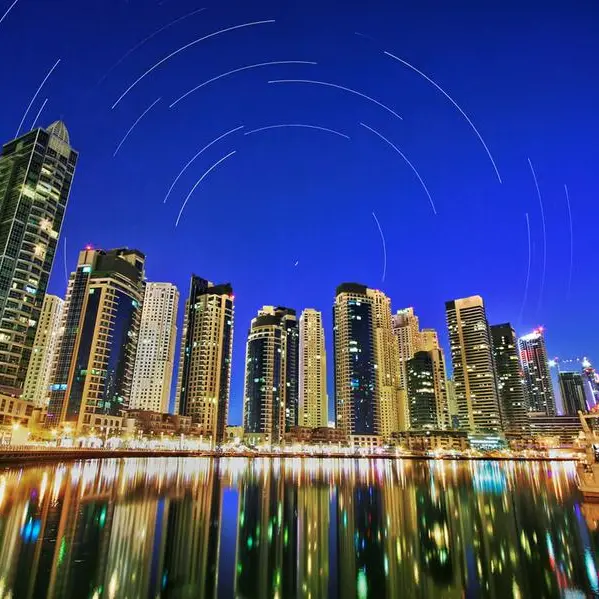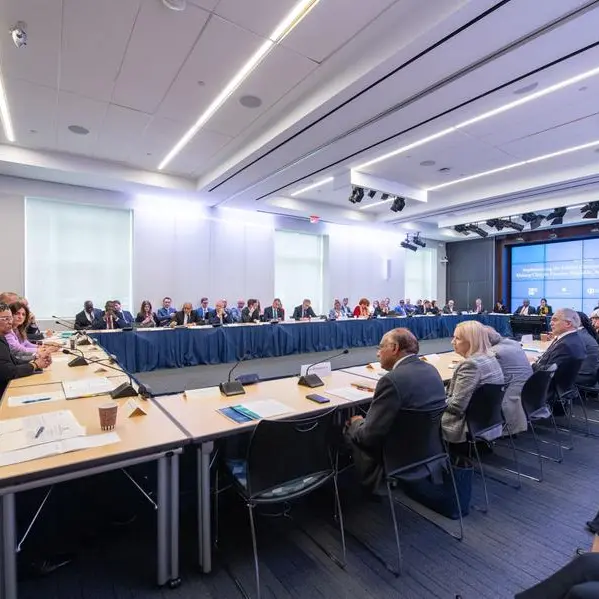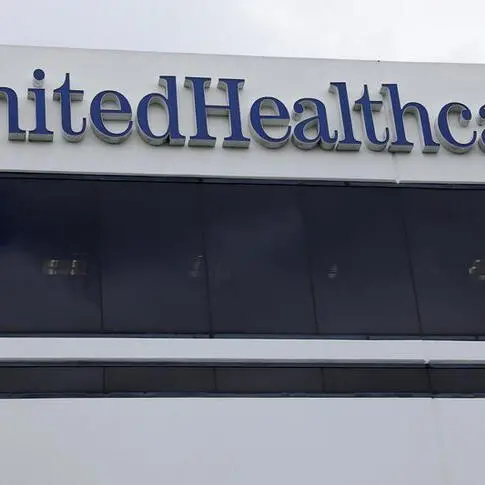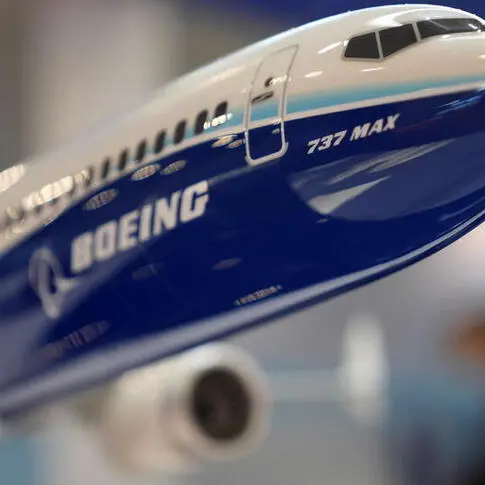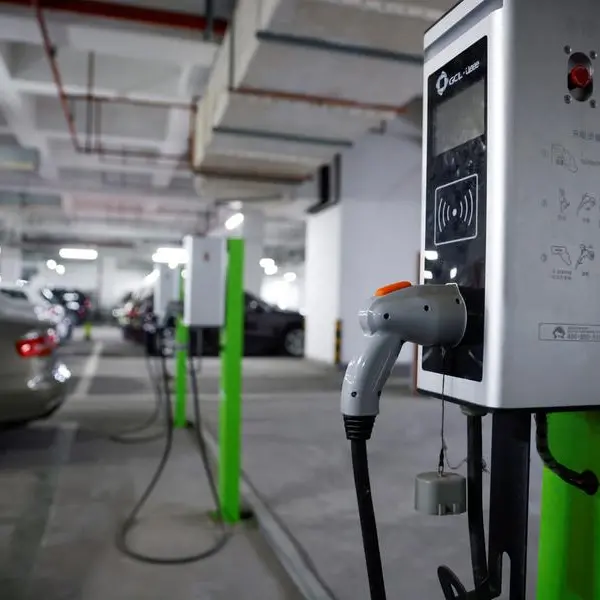PHOTO
WASHINGTON - The $1 trillion infrastructure bill passed by Congress on Friday is the largest U.S. investment in roads, rail lines and other transportation networks in decades. It also gives some members of President Joe Biden's administration unprecedented control over how it is spent.
Transportation Secretary Pete Buttigieg will control $126 billion in new spending over the next five years, according to a Reuters tally -- more than one-fifth of the new spending authorized by the law.
That's a dramatic shift from the current transportation budget, which mostly doles out most transportation aid to state governments, which decide how and where it is put to use.
Buttigieg, a former mayor of South Bend, Indiana, will oversee roughly $25 billion each year through competitive grant programs that allow his agency to pick and choose which projects get funding. It represents a fourfold increase from current discretionary spending, a dramatic boost for a Cabinet position that has historically drawn little public attention.
"We've never had a (transportation) secretary who's had that much authority before," said Jeff Davis, an analyst at the Eno Center for Transportation, a Washington-based think tank.
At a White House briefing on Monday, Buttigieg said the Transportation Department would favor projects that reduce greenhouse gases, increase safety, boost job creation or advance racial equity.
"What you're going to see ... is an emphasis on projects that, taken together, give us extra value in the priorities of this administration," he said.
One example: The administration awarded $40 million to Henderson, Nevada, this summer to transform a busy highway that cuts through a poor neighborhood into a boulevard with bike lanes, pedestrian improvements and dedicated transit lanes.
The award will enable the city to finish the job 3-1/2 years earlier than it would have otherwise, according to Ed McGuire, the city's public works director.
The improved streetscape will attract businesses, while lower speed limits will cut down on fatal accidents, he said.
"It's a huge improvement to that part of the community," he said.
As a 2020 presidential candidate, Buttigieg touted his efforts as South Bend mayor to revitalize the city's downtown through pedestrian improvements, and he has been spotted bicycling to work in Washington.
He is seen in Democratic circles as a possible presidential candidate in the future. People close to Buttigieg tell Reuters the transportation secretary is using his position to build relationships with mayors of midsize American cities who could later be helpful if he runs again.
STIFF COMPETITION
Demand for the Transportation Department's competitive grants is already high. The agency says it considered 157 eligible projects this year for INFRA, the program that funded the Henderson highway makeover. A total of 24 won funding.
The administration will get $1.5 billion for INFRA next year, a 50% increase.
"For every dollar we have to give out, there are about 10 in impressive applications coming in," Buttigieg said.
The new law also expands other existing competitive grants and creates new programs to repair bridges, reduce roadway deaths, upgrade airport terminals, and reconnect inner-city neighborhoods that were displaced by the freeway-building boom of the 20th century, among other areas.
Researchers have found that states that vote for the president in power have gotten more of these competitive transportation dollars under past administrations.
Christopher Lawrence, a political science professor at Middle Georgia State University, found that states that voted for Democratic President Barack Obama in the 2008 and 2012 elections received a majority of the funds awarded under his administration's TIGER grant program, which supported projects that had a "significant" regional or national impact. The administration highlighted new light rail lines and bike lanes in urban areas.
After Trump won election in 2016, his administration renamed the program BUILD and steered more money toward rural areas. States that voted for him then received most of the money, Lawrence found.
A Transportation Department official, speaking on condition of anonymity, said the agency has improved its internal controls to make sure the projects it selects are worthy investments that follow the guidelines laid out by Congress. The department will work with independent watchdogs as well, the official said.
State officials say the DOT's increase in discretionary funds could potentially make funding less predictable for years to come. After all, the infrastructure package will be in place in 2026 - two years after the next presidential election.
"With these big discretionary programs, you're going to see shifts based on who's sitting in the White House," said Jim Tymon, executive director of the American Association of State Highway and Transit Officials.
"We're going to see that on a scale that we haven't seen before."
(Reporting by Andy Sullivan; additional reporting by Jarrett Renshaw, Jason Lange and Jeff Mason; Editing by Heather Timmons and Jonathan Oatis) ((andy.sullivan@thomsonreuters.com; +1 202 421 5603;))
